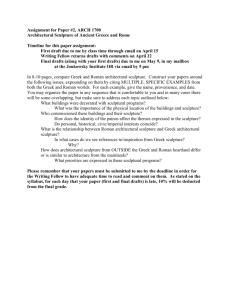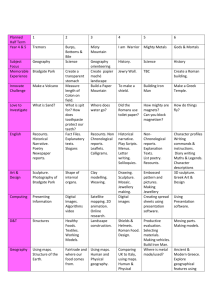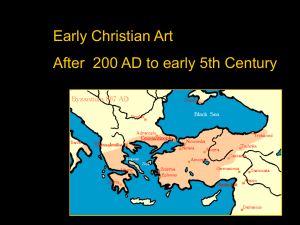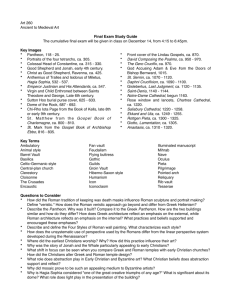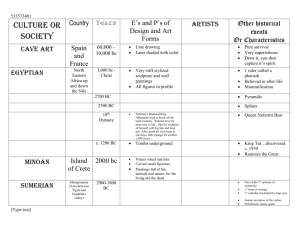Sculpture Without Culture: Problems of Chronology in `Primitive` Art
advertisement
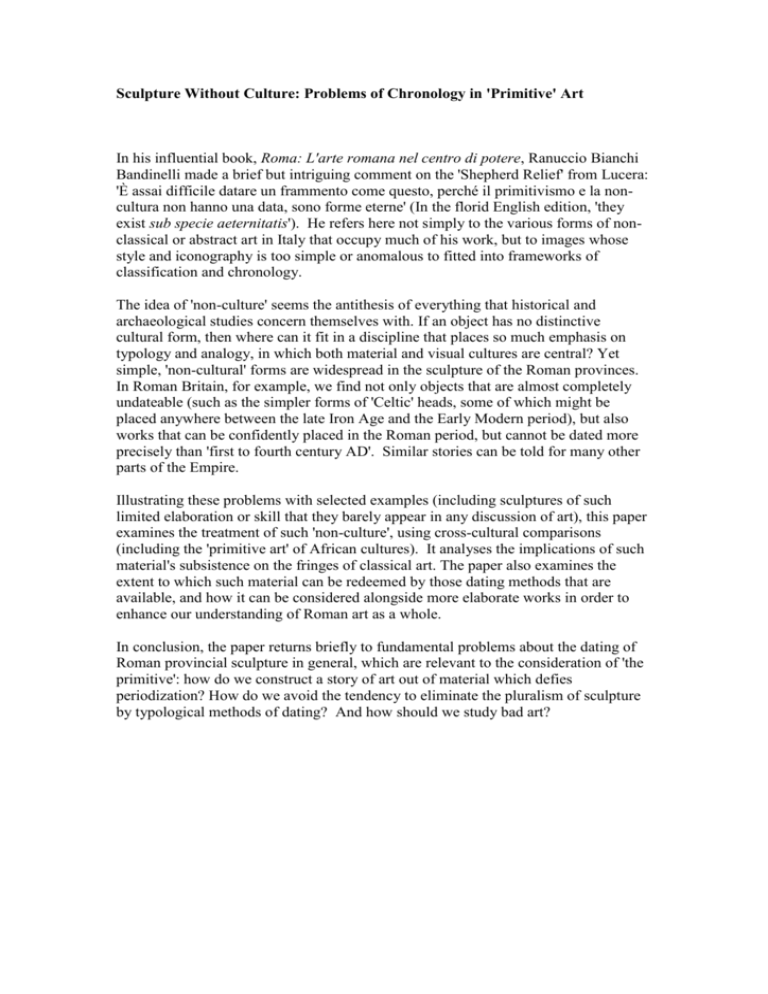
Sculpture Without Culture: Problems of Chronology in 'Primitive' Art In his influential book, Roma: L'arte romana nel centro di potere, Ranuccio Bianchi Bandinelli made a brief but intriguing comment on the 'Shepherd Relief' from Lucera: 'È assai difficile datare un frammento come questo, perché il primitivismo e la noncultura non hanno una data, sono forme eterne' (In the florid English edition, 'they exist sub specie aeternitatis'). He refers here not simply to the various forms of nonclassical or abstract art in Italy that occupy much of his work, but to images whose style and iconography is too simple or anomalous to fitted into frameworks of classification and chronology. The idea of 'non-culture' seems the antithesis of everything that historical and archaeological studies concern themselves with. If an object has no distinctive cultural form, then where can it fit in a discipline that places so much emphasis on typology and analogy, in which both material and visual cultures are central? Yet simple, 'non-cultural' forms are widespread in the sculpture of the Roman provinces. In Roman Britain, for example, we find not only objects that are almost completely undateable (such as the simpler forms of 'Celtic' heads, some of which might be placed anywhere between the late Iron Age and the Early Modern period), but also works that can be confidently placed in the Roman period, but cannot be dated more precisely than 'first to fourth century AD'. Similar stories can be told for many other parts of the Empire. Illustrating these problems with selected examples (including sculptures of such limited elaboration or skill that they barely appear in any discussion of art), this paper examines the treatment of such 'non-culture', using cross-cultural comparisons (including the 'primitive art' of African cultures). It analyses the implications of such material's subsistence on the fringes of classical art. The paper also examines the extent to which such material can be redeemed by those dating methods that are available, and how it can be considered alongside more elaborate works in order to enhance our understanding of Roman art as a whole. In conclusion, the paper returns briefly to fundamental problems about the dating of Roman provincial sculpture in general, which are relevant to the consideration of 'the primitive': how do we construct a story of art out of material which defies periodization? How do we avoid the tendency to eliminate the pluralism of sculpture by typological methods of dating? And how should we study bad art?







